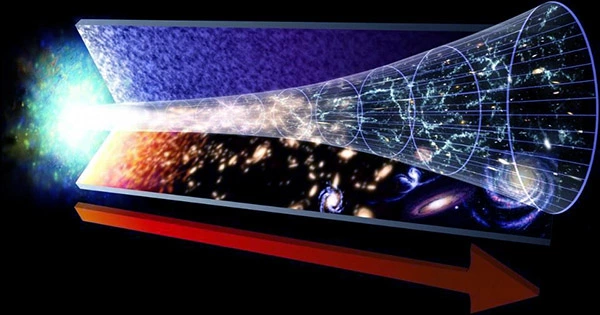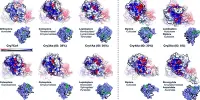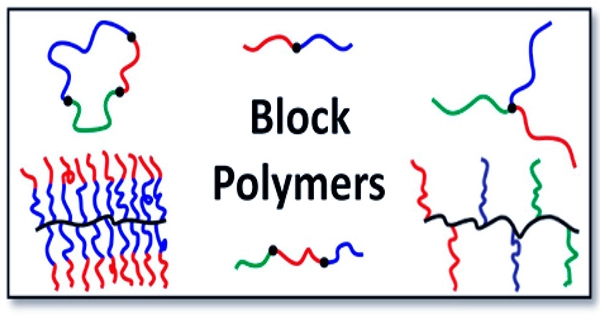The relationship between the quantities of reactants and products prior to, during, and after chemical processes is known as stoichiometry.
Stoichiometry is based on the law of conservation of mass, which states that the sum of the masses of the reactants and products must equal one another. This realization led scientists to conclude that the ratio of positive integers is typically formed by the relationships between the quantities of the reactants and products. This means that the amount of the product may be determined if the amounts of the individual reactants are known. On the other hand, if the amount of one reactant is known and the products can be computed using empirical data, the other reactants can likewise be calculated.
This is seen in the following figure, where the balanced equation reads:
CH4 + 2 O2 → CO2 + 2 H2O
In this reaction, two molecules of oxygen gas combine with one methane molecule to form carbon dioxide and two molecules of water. Full combustion is demonstrated in this chemical equation. To ascertain the number of products and reactants generated or required in a particular process, stoichiometry examines these quantitative correlations. Reaction stoichiometry describes the quantitative interactions between substances as they take part in chemical processes. Reaction stoichiometry analyzes the proportions of methane and oxygen that react to produce carbon dioxide and water in the aforementioned example.
Stoichiometric ratios can be used to calculate weighted amounts in a reaction that is described by a balanced equation because of the well-known link between moles and atomic weights. Stoichiometry in the composition is the term for this.
Gas stoichiometry examines reactions involving gases in which the gases can be regarded as ideal gases and are at a known temperature, pressure, and volume. The ideal gas law dictates that for gases, the volume ratio should always be the same, but the mass ratio of a single reaction must be determined from the molecular masses of the reactants and products. In actuality, the mass ratio is calculated using molar masses because there are isotopes.
















